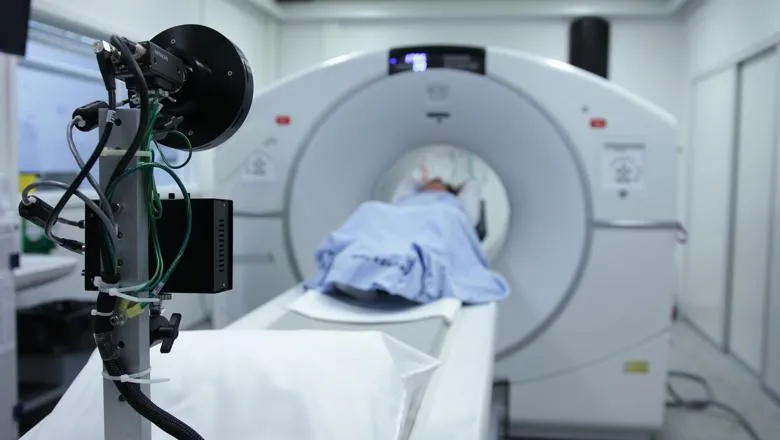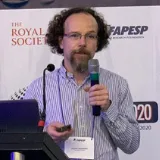13 July 2020
New research finds way to track living drugs in the body by imaging
New method tracks living drugs within the body by imaging

Researchers at the School of Biomedical Engineering & Imaging Sciences have developed a new method to track living drugs within the body by imaging.
The living drugs called CAR T-cells, represent a new type of immunotherapy which differ from most other treatments because they consist of living cells as the active component.
CAR-T is made for individual patients from their own immune cells and although it has been approved to treat blood cancers it is still ineffective in solid tumours.
Reasons for this include that CAR-T face challenges reaching the cancer as well as staying there in an active form. They could also go to the wrong places in the body and cause problems there or die.
But in a new study published in Molecular Therapy, lead researcher Dr Gilbert Fruhwirth and his team have implemented a way of making CAR-T cells visible so they can be better tracked within the body.
“There’s plenty of technology available to make cell therapies visible in the short-term, but with our approach we can do so also in the longer term”, Dr Fruhwirth said.
In this study, the team used a human molecule that acts as a beacon for Positron Emission Tomography (PET), the most sensitive of the available medical imaging technologies. The researchers engineered this beacon into the living therapeutic cells.

“Applying our approach to different breast cancer animal models, we realised that in one model the therapies disappeared within two weeks, while in another model they remained within the tumours,” Dr Fruhwirth said.
“Interestingly, if CAR T-cells stayed in the tumour, we then saw tumours shrink, while the cancers prevailed when the therapeutic cells had disappeared.”
The researchers envisage their approach to streamline the development of such live cell therapies and at the same time to help reduce the number of animals needed. Beyond these aspects, their end goal is to monitor CAR-T within a patient in the future.
“Live cell therapies such as CAR-T are extremely powerful but are also very complex, can have significant side effects, and are rather expensive. So being able to monitor them once they are in patients will help clinicians assess the chances of treatment success and recognise unwanted side effects”, Dr Fruhwirth said.
“To make CAR-T monitoring by imaging widely available to patients, we need to keep the additional effort to image these therapies as little as possible, and that includes the imaging agents”, Dr Fruhwirth said.
The researchers are the first to develop an approach utilising imaging agents that have previously been used in humans.

